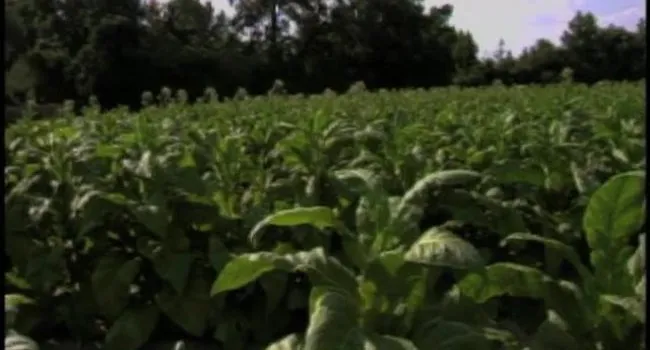Migrant workers continue to thrive in Mullins.
When you go to the grocery store, do you think about who planted, cultivated and picked all the fruits and vegetables on the produce racks? Chances are it was a migrant farm worker. More than three million people leave home every year to work in American agriculture. Most of them are Hispanics from the Caribbean, Mexico and Central and South America, but they also come from Jamaica, Haiti and Southeast Asia, and some are African Americans. Many of them are men who have left their families at home, although some travel wth their families. Migrant workers harvest over 85% of the fruits abe vegetables produced in the U.S. and most make less than $7,500 per year.
More information about migrant farm workers is available at www.ncfh.org.
Standards
- 8.5.E Utilize a variety of primary and secondary sources to analyze multiple perspectives on the cultural changes in South Carolina and the U.S.
- EFP.1.IP Evaluate how short-term goals allow individuals and institutions to make rational decisions using marginal analysis.
- This indicator was developed to encourage inquiry into the development of markets through the interaction of supply and demand, and how prices emerge to act as signals concerning the allocation of resources.
- HG.5.5.PR Analyze and evaluate the connections between rural and urban regions and their impact on globalization at different scales.



















